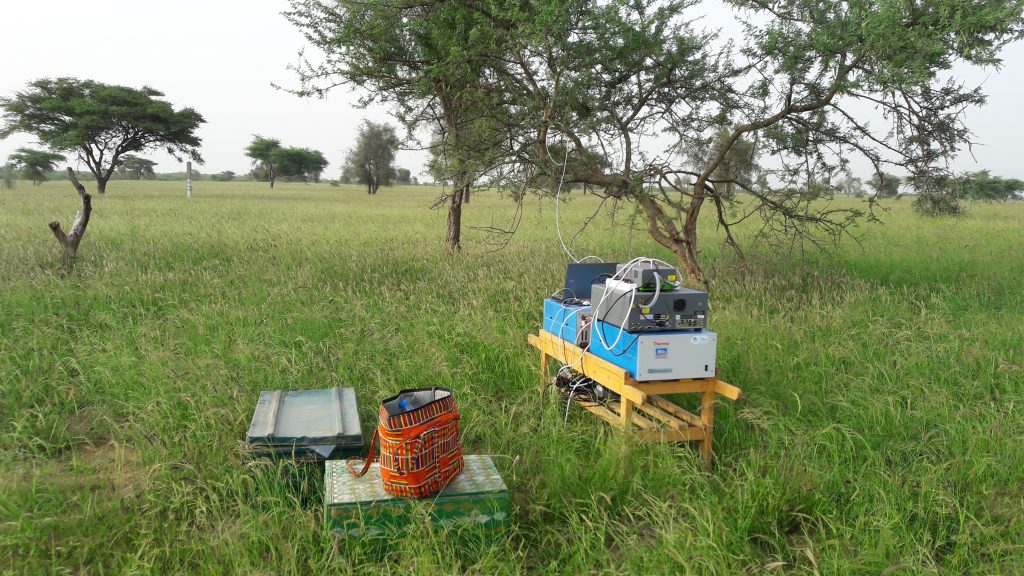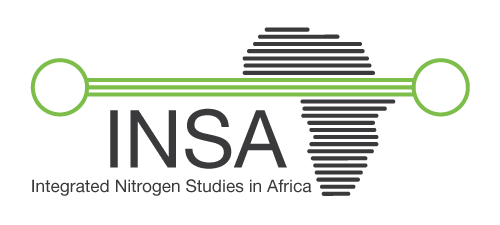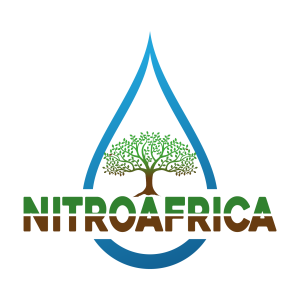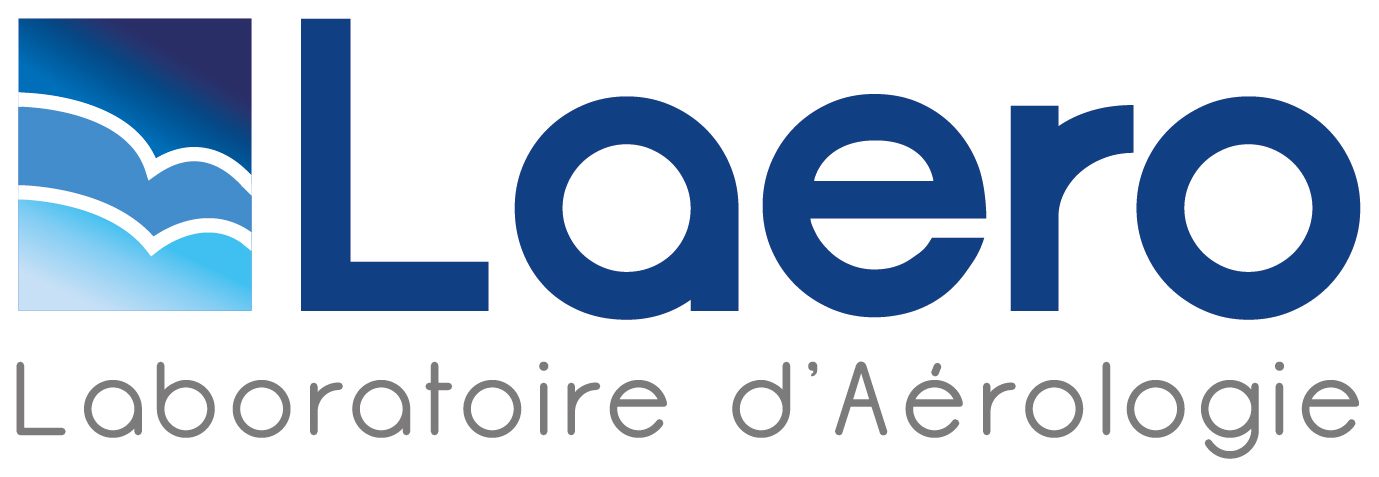
Contributeurs : Claire Delon, Maria Dias-Alves, Corinne Galy-Lacaux, Eric Gardrat, Dominique Serça, Fabien Solmon.
Nitrogen, N, is one of the essential nutrients for primary productivity and food production at the global scale. However, a contrast exists between “too much” and “too little” N supplied regions over the world. Sub Saharan Africa, SSA, is part of the “low N” regions, vs “high N” regions, which explains why agriculture in SSA is struggling with insufficient yields to feed an increasing population, leading to food insecurity. In low N supplied areas, ecosystems are expected to be particularly sensitive to increased N inputs, with positive aspects like alleviation of N limitation to primary production but also negative ones like increased emissions of pollutants. N compounds exchanges between the surface and the atmosphere are included in the core thematics developed in the LEETCHIE team.
In this frame, the program Integrated Nitrogen Studies in Africa (INSA, H2020-MSCA-RISE 2020-2024) aims at improving knowledge on N cycle and N budget in biosphere, atmosphere and hydrosphere in Africa, thanks to a European-African network of scientists specialized in N compounds flows and stocks.

A new project is now funded by the ANR: The main objective of the ANR project NitroAfrica (2023-2026, https://anr.fr/Projet-ANR-22-CE01-0022) is to study –coupling field experiments and different modelling approaches– the relationships and retroactions between atmospheric N deposition, N cycling in the soil-vegetation system, emissions of reactive N forms by the surface to the atmosphere, atmospheric chemistry and regional climate.

We are hiring a post doc on “Modelling nitrogen fluxes at the surface-atmosphere interface in a coupled regional climate-chemistry model. Application to the study of the west African nitrogen cycle variability and related impacts.” for 24 months (beginning in April 2024).
